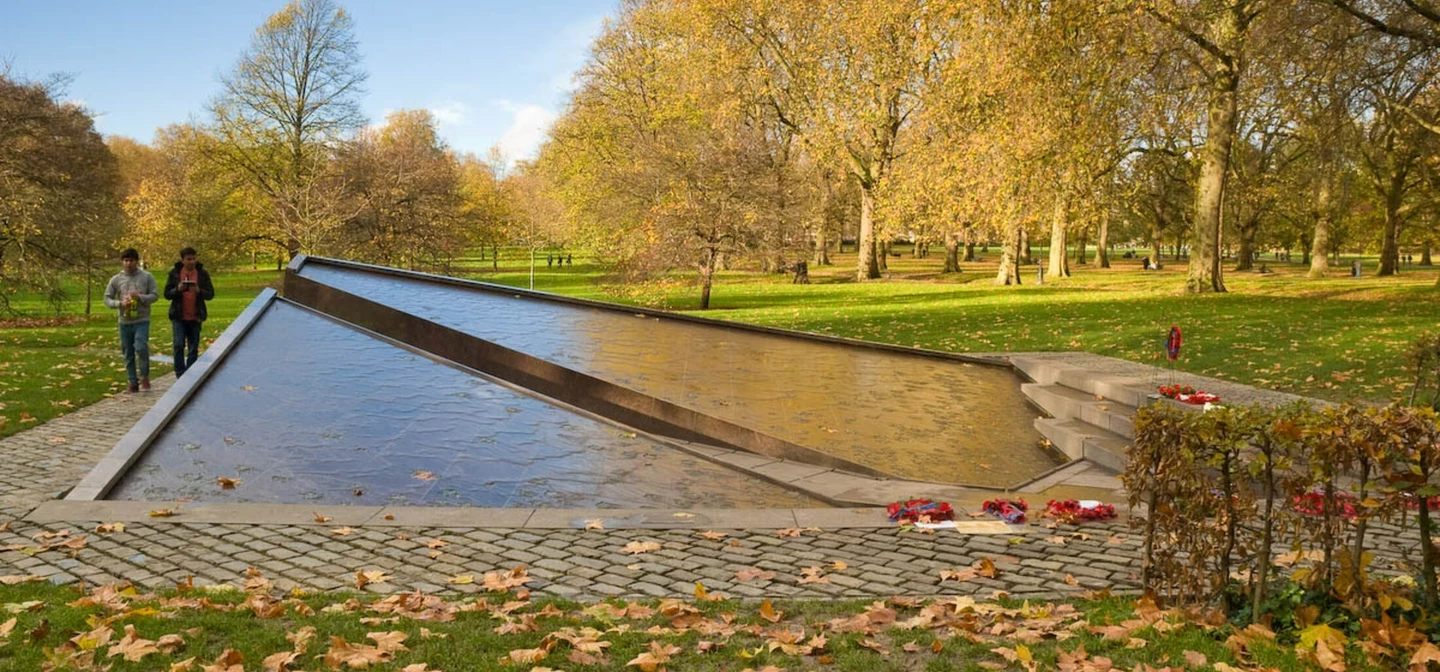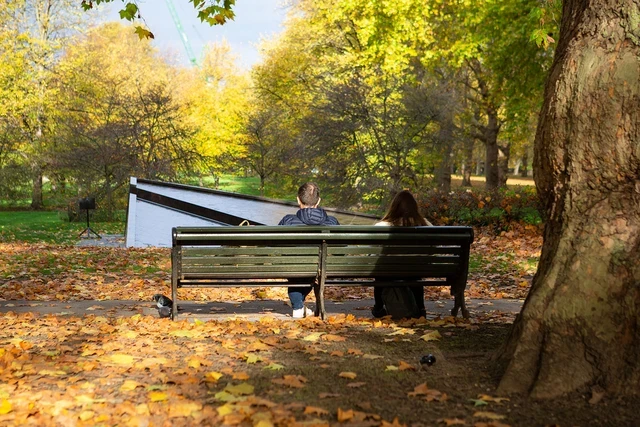
Welcome to The Green Park
Just a few steps away from Buckingham Palace and bustling Piccadilly lies the tranquil Green Park – a little oasis of calm in the hectic heart of the city, through which the River Tyburn once flowed.
Key information
With its shaded avenues of mature trees and stretches of picturesque grassland, it’s the perfect place to get away from it all. Step inside and slow down.
We’ve got King Charles II to thank for The Green Park. He created it in 1660, as he wanted to walk from Hyde Park to St. James’s Park without leaving royal soil. He soon fell in love with his new park, taking a daily walk – or ‘constitutional’ – right here. In fact, that’s how nearby Constitution Hill got its name. Follow in the old King’s footsteps and see what this serene space has to offer.
While the north-eastern corner of the park is popular with sunbathers and picnickers, elsewhere the charm of The Green Park lies in its simplicity. There are no formal beds of flowers here. Instead, this is a place to enjoy the play of sunlight through leaves, the sway of wildflower meadows and the song of visiting birds.
As you wander through the park, you may come across reminders of less peaceful days. There are three war memorials here – from the Canada Memorial in the east to the Bomber Command Memorial in the west. In the shadow of Wellington Arch, meanwhile, lie the Memorial Gates which pay powerful tribute to the five million people from India, Africa and the Caribbean who served in two world wars. The park is the perfect place for quiet contemplation.
Discover more about The Royal Parks
-
Why are trees so important?
Trees are vital. As the biggest plants on the planet, they give us oxygen, store carbon, stabilise the soil and give life to the world’s wildlife.
-
The best nature walks in London
A selection of the best nature walks in London for you to enjoy
-
Best trees to see this Autumn in London’s Royal Parks
Autumn has arrived in the Royal Parks and we've put together a list of the best trees to see this season.
